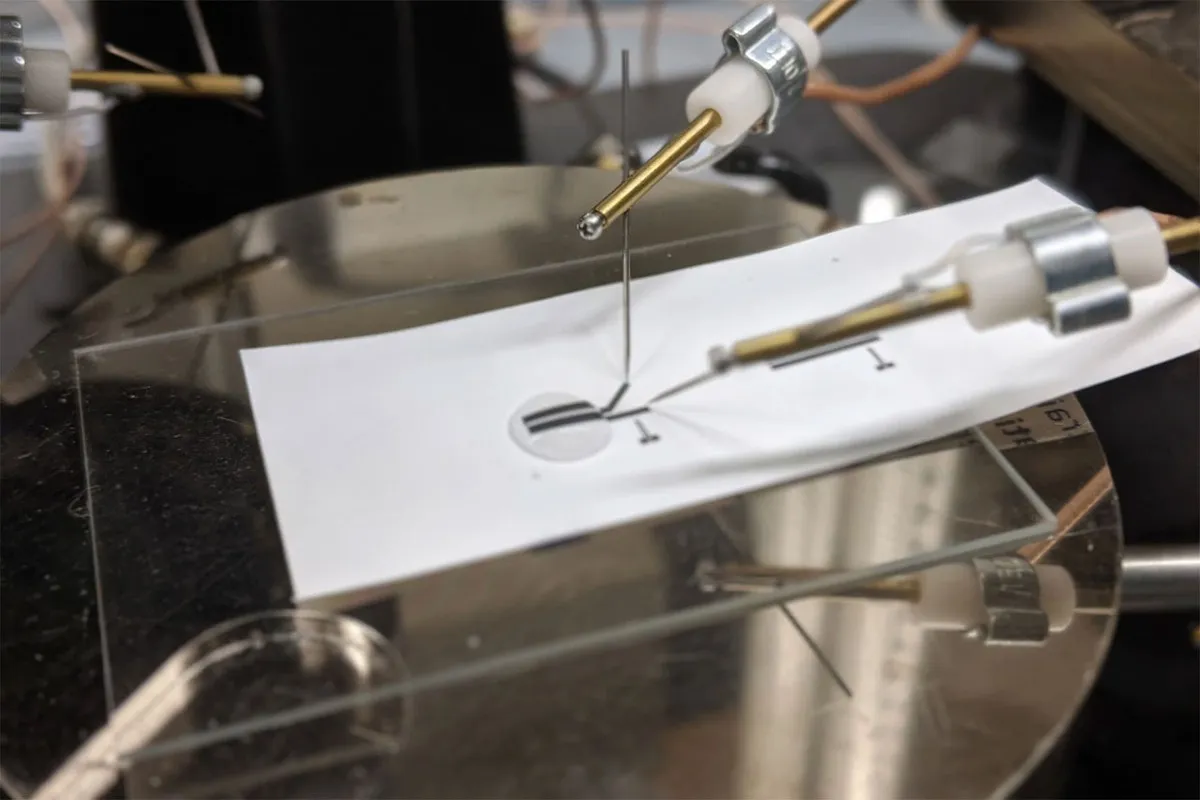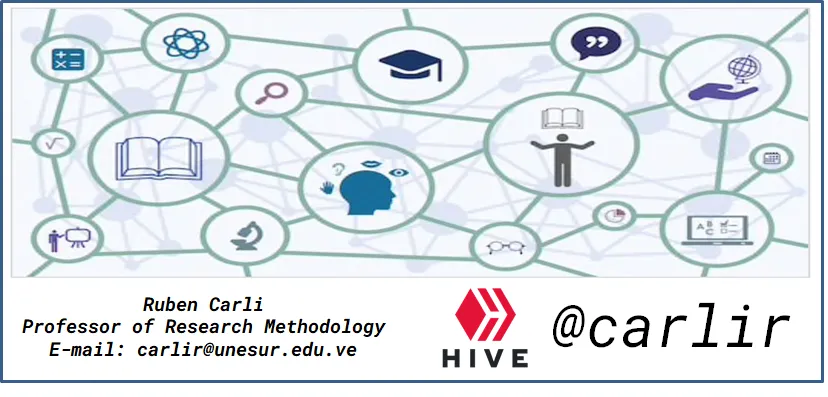
The technological advances that are arising in our daily lives are really wonderful, because they seek in one way or another to improve our quality of life and the environment, such is the case of the development of a transmitter printed on paper and is fully recyclable.
One of the main problems or drawbacks of electronic devices is their difficulty to be recycled, which is why at present the development of these devices has many legal regulations, as many of its components once their useful life comes to an end are very difficult to recycle or reuse. That is why researchers at DUKE University have developed what they say is the first electronics printed on paper and fully recyclable, it is a transmitter that at the end of its useful life its components can be decomposed into their primary materials with which it was formed, this thanks to the nanocellulose and conductive inks.
The researchers state that they have been able to develop this electronic component thanks to nanocellulose. Nonocellulose comes from plants and is also obtained from wood waste, its main use is in the production of biodegradable packaging and now with this new development it is being used for the production of electronic circuits, it is important to mention that previously it was also used in cars.
This important development was achieved by combining nanocellulose with printable ink until a dielectric ink was obtained. The resulting ink was again combined with a conductive ink made of graphene and carbon nanotubes, resulting in a carbon ink that has the ability to conduct electricity and can be printed on a piece of paper with jet printing. From this ink they were able to develop a transistor and they state that other electronic components can be developed as well.
Similarly, the developers or researchers who created this transistor stated that it worked properly for six months and as it has the ability to recycle it, it was only a matter of recovering its materials to be reused, for the moment it is only a proof of concept because it remains to see the feasibility of evaluating its production costs in large quantities and the maximum life span that can be achieved, as well as the cost of recycling.
- https://techbeezer.com/venezula/crea-el-primer-papel-impreso-a-transistor-y-completamente-reciclable/

